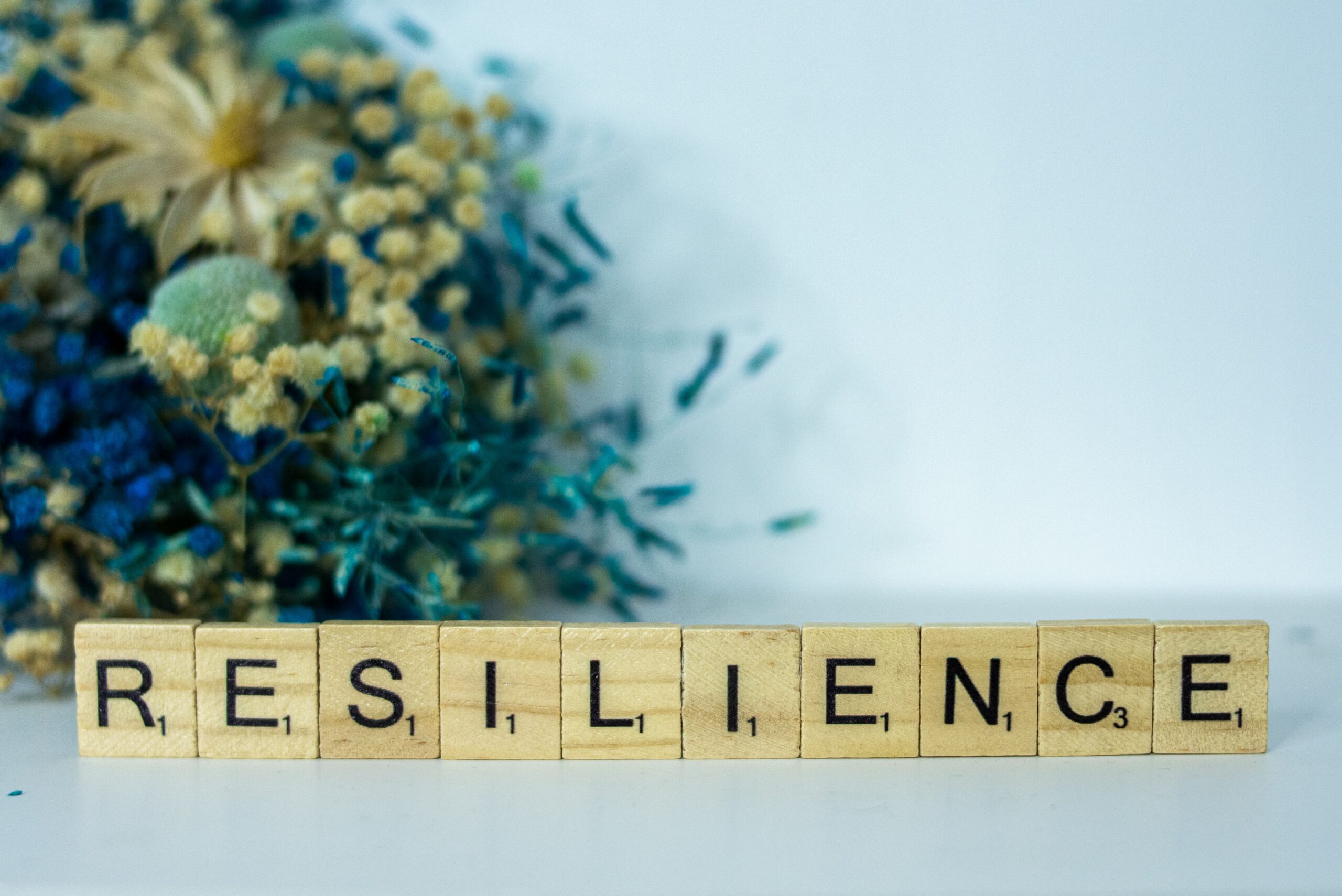7 Layers of Metaverse
The definition of the value chain of this more equitable market, formed by the technologies that come with Metaverse, has also changed. The layers upon which this vision of decentralization is based will help to detail how the digital business operates in the metaverse.
Let’s count these layers from specific to general; the first one is infrastructure with 5G, WiFi 6, 6G, cloud, 7 nm to 1.4nm, MEMS, and GPUs. Arranging human interface is with mobile, smartglasses, wearables, haptic, gestures, voice, and neural. Decentralization will be built with edge computing, AI agents, microservices, and blockchain. After all those, spatial computing takes its place with 3D engines, VR/AR/XR, multitasking UI, and geospatial mapping. With design tools, asset markets, workflow, and commerce; the creator economy could count in the fifth place. Discovery will bring ad networks, social, curation, ratings, stores, and agents with itself. As the most inclusionary layer experience; games, e-sports, theaters, and digital shopping centers will show up.
Experience
The metaverse isn’t just the 3D space that surrounds us; It is about the relentless dematerialization of physical space, distance, and objects. It includes 3D games on our game consoles, virtual reality headsets, and computers. Like Fortnite, Beat Saber, or Roblox! Metaverse can be Alexa in our home, Zoom or Clubhouse on our phones. As the physical space dematerializes, as in the examples we have cited, experiences that were once scarce will multiply. With Metaverse, you’ll be able to experience what happens when you practice being an F1 driver or a Jedi in a game, for example, through familiar experiences. Or you can watch your favorite artist’s concert from your best seat at home, from the front row, in a personalized order.
Besides, e-sports and online communities will be strengthened with social entertainment. It will be sectors such as travel, education, and live performance that will be shaped around gaming thinking and the virtual economy of abundance. Of course, such changes and live events lead to the content-community complex. Customers are now both content consumers and content creators and enhancers. Now the content will be giving birth to the content. This wheel will be spinning with content, events, and social interaction. In the future, we’ll look at how social immersion, along with immersion, activates and fuels content.

Discovery
The discovery layer, which is about pushing and pulling that introduces people to new experiences, is a vast ecosystem. From this layer; real-time presence, community-driven content, app stores, curation, search engines, and earned media. In the outgoing; elements such as display advertising, spam, and notifications. With community-oriented content, people tend to spread the news about their content or events they attend. In this way, the content itself will become a marketing asset in metadata environments. The most popular example of this is NFTs, which embody the relative ease of provisioning to decentralized exchanges and economic benefits that support more direct creator-community engagement. As an alternative to application marketplaces, content marketplaces Metaverse awaits us. In other words, social structures are being digitized, just like physical reality is dematerialized. This shows that we are moving from asynchronous social networking to real-time “social activity”, which gives community leaders the tools to initiate activities that people want to participate in.
Creator Economy
The Creator economy layer includes all the technologies that creators use daily to create experiences that people enjoy. In general, this layer; Pioneer consists of the age of engineering and creator. This process starts from the pioneer era, which represents building everything from scratch with HTML coding; time-saving SDKs after early successes continue with middleware and engineering era within collected data; With the creation of unique aspects of a project, the creative era comes to the fore with its striking aspects.
Spatial Computing
The system that proposes virtual computations that erodes the barriers between the physical and ideal worlds is spatial computing. This is sometimes possible by adding space to the computer, and sometimes by adding calculations to objects. For the most part, it means designing systems that push traditional boundaries. Spatial computing software includes 3D engines to display geometry and animation, geospatial mapping, voice and gesture recognition, the internet of things (IoT), and next-generation user interfaces that support simultaneous information flows.
Decentralization
Maximizing options and increasing systems interoperability is essential for the Metaverse. It is believed that growth will increase in markets dominated by creators’ own creations and data. A scalable ecosystem is created that leverages online capabilities, from distributed computing and microservices and trading systems to specialized artificial intelligence. The blockchain technology that enables the exchange of value is one of the biggest parts of decentralization, and it is Web 3.0 that is an innovation that frees financial assets and NFTs from centralized control. This will bring cloud and far-end computing closer to us as it will increase the need for powerful applications.
Human Interface
Our smartphones are becoming powerful computers that are easily portable day by day. With further miniaturization; sensors will enhance the experience by going from the metadata warehouse to embedded AI technology and powerful edge computing systems. Smartphones, smart glasses, wearables, 3D prints, and miniature biosensors turned into VR devices. Do you sometimes feel that we are transformed into Cyborgs?
Infrastructure
Delivering the standalone functionality, high performance, and miniaturization required by next-generation mobile devices, smart glasses and wearables will require increasingly powerful and smaller hardware. For this reason, the concepts of 6G, 3nm processes, semiconductors, microelectromechanical systems (MEMS), and long-life batteries will now dominate in the infrastructure layer. If we look at it from the perspective of the new generation of the Internet, Internet 3.0. So a multiverse awaits.
Metaverse Opportunities for Enterprise Businesses
The realization that people need a decentralized world made them begin to renew many of their habits. For example, the transition of governments and companies to the use of bitcoin and crypto. There are many benefits for enterprises from all these changes. For example, one of the biggest gaps that seems certain to be a need right now is the need for decentralized social media platforms. All businesses that want to see this gap in the market and take a step will be able to benefit from this platform in the metaverse as a first-mover.
From another perspective, the gaming industry can be considered one of the most lucrative doors to take action on the metaverse. Nowadays, people spend billions of dollars on video games. It can be a fantastic virtual reality experience for a player to know that he can feel everything he does in the game and experience it by interacting with his environment. With this current craziness, the game industry is expected to explode in the metaverse.

Another industry where Metaverse is thought to shine is the entertainment industry. The game may also seem to be in the entertainment industry, but it should not be forgotten that everything will have its own identity in the metaverse. The point here is that more people are ready to have fun online. Give your customers more real experiences in the virtual world and your business can market itself in the next decade.
From the perspective of the business sector, virtual meetings will be the first adaptation that comes to mind when we consider the changes in recent years. It will extend these meetings to augmented reality in the Metaverse. You will have great business opportunities in AR/VR where you can buy land, rent your buildings and do all the other things you do for a job here. In the light of all these developments, the marketing industry will also revolutionize. If they had told our elders years ago about the changes in marketing with the advent of the Internet, they wouldn’t have believed it, would they? On top of that, enterprises should invest more in their digital marketing departments and take care to establish fusion teams.
As the real world moves to the virtual world with Metaverse, the sales of NFTs, which are called virtual goods, will be on the agenda. NFT represents real-world assets as a digital asset. Encoded with basic software similar to most cryptocurrencies, NFTs are often traded in cryptocurrency. Organizations can start building their unique NFTs with their design teams. Companies should also spend a lot of time finding a niche to sell in the metaverse.
Last but not least, the biggest business opportunity for enterprises in the last decade will be to produce gadgets for the metaverse. Special tools will be needed to experience the metaverse with Web 3.0. You can tap into this industry to build cheaper, more advanced tools for the metadata store. If you could create even one thing, it would be difficult to meet the demand for that thing until you find good competition.
Digital Gap Management for Enterprises
Digital transformation has now become an urgent need for businesses. Consumers are now faster, and more connected. Not being able to adapt to the new dynamic named as inactivity, will only create a more important gap between the brand and the consumer, which will lead to a competitive disadvantage. Digital transformation is an opportunity for businesses to abandon manual processes and move to digital and automated workflows. For marketing departments, it can be counted as the key to meeting consumer needs and creating a strong omnichannel strategy.
Your business must bridge the digital gap because it must be faster than adapting to the pace of the consumer. They should know that new revenue streams and opportunities will be added by seeing niche areas in the digital space. How a business uses its digital assets will be a key differentiator in the 2020s. Experiences that exceed the expectations of customers and meeting the demands that provide these experiences are provided by companies with digital gap management. Transition to a B2B2C strategy, primarily for enterprises using the B2B distribution approach; can increase sales and revenues. Automated workflows allow for more efficient business processes without compromising customer experience. Performing more tasks faster and more accurately is possible with marketing messages using workflow automation. In addition, automation offers immediate improvement, such as improving response time to customer questions. In today’s competitive market, how the company collects and values data is key to gaining a competitive advantage. According to Accenture’s 2019 global survey, 87% of consumers state that it’s important to buy from a brand that “understands the real me.” In short, by rediscovering the consumer and learning to speed up innovation through testing and agile sprints, companies can bridge the digital gap and keep pace with the speed of the consumer.

Digital Resilience
Improving the ability of organizations to continue to carry out their mission by anticipating and adapting to cyber threats and other relevant changes in the digital economy and by withstanding, proactively, containing, and rapidly recovering from cyber incidents.
Macro-environmental threats are clear reminders that while digital technology may be a panacea in the good times, it can be prone to failure in times of need, especially if the assumptions during implementation no longer reflect reality.
Business managers need to consider what will happen in the event of a large-scale disruption and how they can build digitally resilient organizations, especially in uncertain times.
Along with digital resilience: protection against threats to cybersecurity and digital assets; business continuity planning, companies’ readiness to maintain critical business functions in the event of an outage; and digital governance, risk, and compliance that enable companies to keep digital machines on track and align with corporate goals. Digitally resilient businesses are ready to respond quickly to emergencies with minimal fuss or disruption. Let’s check the digital resilience journey in short.
Get information about the current status of your company and conduct an internal audit. Make a data flow map, and an assessment of current practices in accordance with applicable privacy and data protection laws.
The next step is strategy; which includes a high-level assessment of possible future directions and estimation of digital risks. Third, embedding digital resilience and issue awareness at all levels of the organization. This means conducting privacy and cybersecurity impact assessments for each new digital project, incorporating digital risk assessments into third-party due diligence for new outsourcing or service provider arrangements, and creating a custom incident response plan. Penalties for violations of the EU General Data Protection Regulation (GDPR) and privacy and data protection laws around the world are increasing. It is recommended to obtain cyber and privacy insurance to reduce corporate risk to a level acceptable to the board. Fifth, train staff for digital resilience and knowledge or awareness through annual training, drills, and simulations. Sixth, a more comprehensive and holistic approach to testing is needed to see how people, technology, and process survive a crisis against disruption. Finally, don’t forget to apply an agile mindset to the way you manage digital resilience and iterate over and over with small adjustments.
In the digital transformation process, all enterprises should have ground-breaking ideas in their mind to adapt themselves to the metaverse. Let’s create the future by gaining access to the latest technologies together! Reach beyond your limits with Cool Dijital Çözümler!






Son Yorumlar